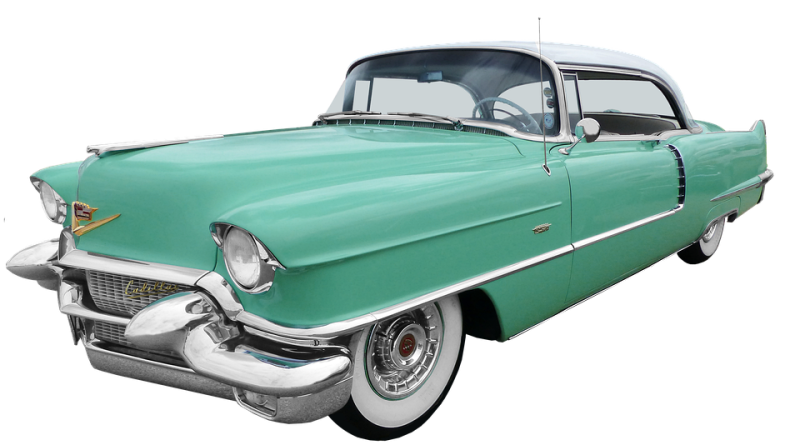In the Fast Lane: Comparing the Top Supercars and Hypercars of Today
In recent years, the automotive industry has seen a surge in the production of supercars and hypercars that are faster, more powerful, and more technologically advanced than ever before. These high-performance vehicles are the pinnacle of automotive engineering and design, pushing the boundaries of what is possible in terms of speed, acceleration, and overall performance. With top speeds that exceed 200 miles per hour and acceleration times that rival those of Formula 1 race cars, these supercars and hypercars offer a driving experience like no other.
One of the most iconic supercars of today is the Bugatti Chiron. With a top speed of over 300 miles per hour and a 0-60 time of just 2.5 seconds, the Chiron is one of the fastest production cars in the world. Its quad-turbocharged W16 engine produces a staggering 1,479 horsepower, propelling the car to speeds that seem almost impossible. The Chiron’s sleek and aerodynamic design also contributes to its impressive performance, allowing it to cut through the air with minimal drag.
Another standout supercar is the McLaren 720S. This British powerhouse boasts a twin-turbocharged V8 engine that produces 710 horsepower, enabling it to reach speeds of up to 212 miles per hour. The 720S is known for its lightning-quick acceleration, with a 0-60 time of just 2.8 seconds. Its advanced aerodynamics and lightweight construction make it a force to be reckoned with on the track, offering a thrilling driving experience for enthusiasts and collectors alike.
Moving up to the hypercar segment, the Koenigsegg Jesko is a standout example of automotive engineering at its finest. With a top speed of over 300 miles per hour and a mind-boggling 1,365 horsepower, the Jesko is a true powerhouse on the road. Its innovative engine and transmission technology enable lightning-fast gear changes, allowing the car to accelerate from 0-60 in just 2.5 seconds. The Jesko’s striking design and aggressive aerodynamics make it a sight to behold, while its cutting-edge features such as active rear steering and advanced suspension systems ensure a thrilling driving experience.
Lastly, the Rimac C_Two is a hypercar that is setting new standards for electric performance vehicles. With four electric motors producing a combined 1,914 horsepower, the C_Two is capable of reaching speeds of up to 258 miles per hour. Its advanced battery technology allows for a range of over 400 miles on a single charge, making it one of the most practical hypercars on the market. The C_Two’s sleek and futuristic design, coupled with its blistering acceleration and top speed, cements its status as a true game-changer in the world of high-performance vehicles.
In conclusion, the supercars and hypercars of today represent the pinnacle of automotive engineering and design, pushing the boundaries of what is possible in terms of speed, acceleration, and overall performance. From the lightning-fast Bugatti Chiron to the electric-powered Rimac C_Two, these high-performance vehicles offer a driving experience like no other. As technology continues to advance, we can only imagine what the future holds for supercars and hypercars, but one thing is for certain – they will continue to push the limits of what is possible on the road.
